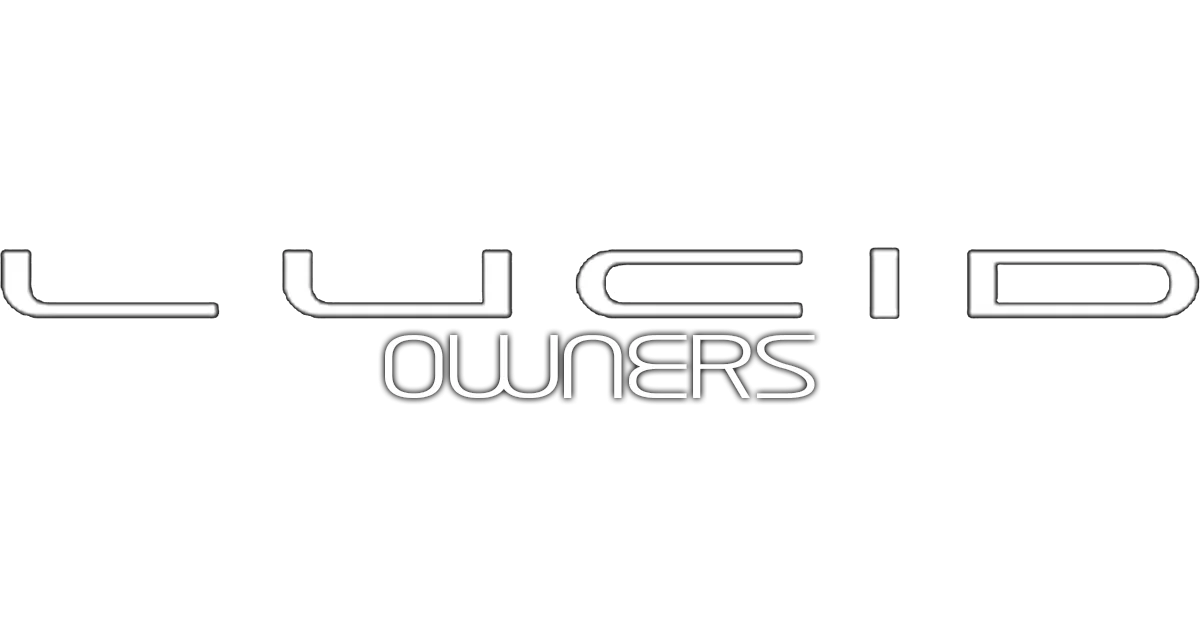The big "wow factor" with Tesla is that they allow the ADAS features to operate on city streets, which none of the established manufacturers would do because of their approach to risk. This does enable use cases like ACC for stop-and-go traffic, which is a meaningful benefit, imho.
Rivian as well. If you're not building your own chips, Nvidia is probably the safest bet for your HW here, but it's at a substantial price premium to other vendors. Note that Nvidia are not providing the "driver" functionality (although their web content is really muddy on this now) -- Nvidia DRIVE is a HW/SW platform, but the software provided is more at the level of infrastructure and support libraries to make building ADAS capabilities easier.
It's really hard to tell from the way they write press releases (see
https://blogs.nvidia.com/blog/drive-full-stack-av-software-europe/) but some of what comes with the SDK may be as far as fully-functional demos for capabilities like auto-park. I would not assume that means they can be "just deployed" in a vehicle, though, and may require a lot of downstream customer (e.g. Lucid) customization. Regardless, for ADAS capabilities there is either the automaker or another SW component vendor that is going to be providing a lot of code to make it work...
